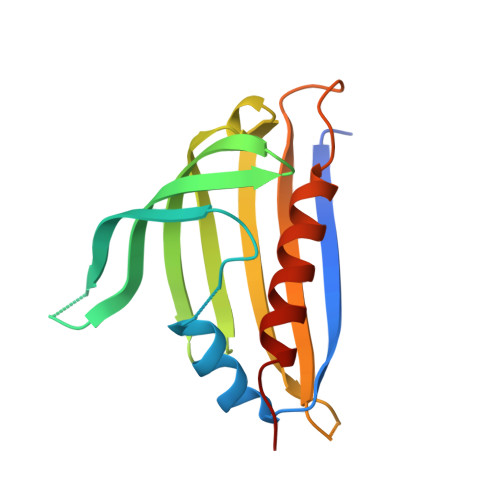Alkaloid binding to opium poppy major latex proteins triggers structural modification and functional aggregation.
Ozber, N., Carr, S.C., Morris, J.S., Liang, S., Watkins, J.L., Caldo, K.M., Hagel, J.M., Ng, K.K.S., Facchini, P.J.(2022) Nat Commun 13: 6768-6768
- PubMed: 36351903
- DOI: https://doi.org/10.1038/s41467-022-34313-6
- Primary Citation of Related Structures:
7UQL, 7UQM, 7UQN, 7UQO - PubMed Abstract:
Opium poppy accumulates copious amounts of several benzylisoquinoline alkaloids including morphine, noscapine, and papaverine, in the specialized cytoplasm of laticifers, which compose an internal secretory system associated with phloem throughout the plant. The contiguous latex includes an abundance of related proteins belonging to the pathogenesis-related (PR)10 family known collectively as major latex proteins (MLPs) and representing at least 35% of the total cellular protein content. Two latex MLP/PR10 proteins, thebaine synthase and neopione isomerase, have recently been shown to catalyze late steps in morphine biosynthesis previously assigned as spontaneous reactions. Using a combination of sucrose density-gradient fractionation-coupled proteomics, differential scanning fluorimetry, isothermal titration calorimetry, and X-ray crystallography, we show that the major latex proteins are a family of alkaloid-binding proteins that display altered conformation in the presence of certain ligands. Addition of MLP/PR10 proteins to yeast strains engineered with morphine biosynthetic genes from the plant significantly enhanced the conversion of salutaridine to morphinan alkaloids.
Organizational Affiliation:
Department of Biological Sciences, University of Calgary, Calgary, Alberta, T2N 1N4, Canada.















